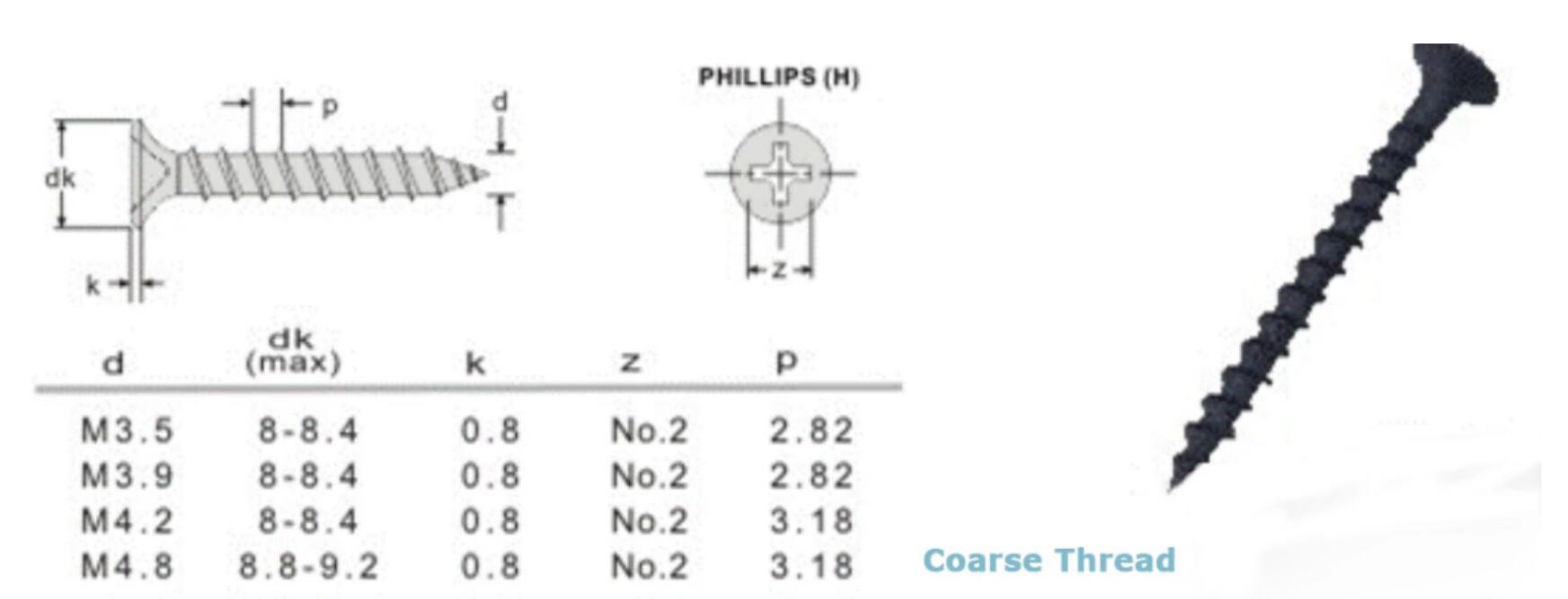Self-Drilling Screw Points Guide and Product Overview
Understanding Self-Drilling Screw Point Charts and Their Applications
Self-drilling screws are essential components in various construction and manufacturing processes. These screws feature a drill point that allows them to create their own hole as they're driven into the material, eliminating the need for pre-drilling. This feature not only saves time but also increases efficiency, making them a popular choice among builders and manufacturers. A self-drilling screw point chart is a useful tool that helps users select the right type of screw for their specific applications. In this article, we will explore the different types of self-drilling screw points, their applications, and how to use the point chart effectively.
Types of Self-Drilling Screw Points
Self-drilling screws are categorized based on their point design, which is crucial for defining their performance and suitability for different materials. The primary types of self-drilling screw points include
1. Type A Point This type is typically used for drilling into thin materials, such as metal sheets. It features a sharp point designed for piercing and requires minimal effort to drive in.
2. Type B Point This design is optimized for drilling into heavy metals, such as steel. It has a more robust drill point that creates larger holes, making it ideal for applications requiring stronger fastening.
3. Type AB Point Combining characteristics of Type A and Type B, the Type AB point can be used on a range of materials. Its versatility makes it suitable for both thin and thicker substrates, offering greater flexibility in construction projects.
4. Type C Point This type is specifically designed for use in metal-to-metal applications. It features a flute that helps remove chips and debris as the screw is driven, ensuring a clean hole and secure fastening.
5. Type D Point This point is less common but is used for specialized applications involving composite materials or structural components. Its design allows for minimal splintering and ensures that the fastener remains secure even under stress.
Applications of Self-Drilling Screws
Self-drilling screws find applications in a variety of industries, including construction, automotive, and manufacturing. Here are some examples of where they are commonly used
- Metal Fabrication In metalworking, self-drilling screws are frequently used to join metal sheets and frames. Their ability to fasten materials without pre-drilling saves time and reduces labor costs.
self drilling screw point chart products

- Woodworking While primarily designed for metal, specific types of self-drilling screws are also effective for wood applications, particularly when additional support is needed for metal brackets or fixtures.
- HVAC Installation These screws are widely utilized in heating, ventilation, and air conditioning (HVAC) systems for securing ducts and panels.
- Roofing In roofing applications, self-drilling screws are crucial for attaching roofing materials to structural supports. Their corrosion-resistant coatings also make them suitable for outdoor use.
Using the Self-Drilling Screw Point Chart
When selecting the appropriate self-drilling screw for a project, a screw point chart is invaluable. Here’s how to effectively use it
1. Identify Material Type Determine the type of material you’ll be fastening. This is the key to selecting the correct screw point. For example, use a Type A screw for thin metal and a Type B screw for thicker steel.
2. Consider Thickness Check the thickness of the material involved. The chart usually provides guidance on which screw point to use based on the thickness to ensure maximum holding power.
3. Evaluate Environmental Factors Consider factors like exposure to moisture and chemicals. Many self-drilling screws come with protective coatings that enhance their durability in harsh environments.
4. Review Load Requirements A good understanding of the load that the screw will bear can inform your choice. Heavy loads might necessitate a more robust screw point, such as a Type B or D.
5. Consult Manufacturers' Recommendations Always cross-reference your choices with manufacturer specifications to confirm compatibility.
Conclusion
Self-drilling screws are an integral part of modern construction and manufacturing. Understanding the different self-drilling screw point designs and their specific applications can greatly enhance the effectiveness of fastening processes. By utilizing a self-drilling screw point chart, users can ensure they select the appropriate screws for their projects, improving not just efficiency, but the overall quality and durability of their work. As technology progresses, the innovation in screw design will likely continue, further streamlining the construction and manufacturing processes.
-
Top Choices for Plasterboard FixingNewsDec.26,2024
-
The Versatility of Specialty WashersNewsDec.26,2024
-
Secure Your ProjectsNewsDec.26,2024
-
Essential Screws for Chipboard Flooring ProjectsNewsDec.26,2024
-
Choosing the Right Drywall ScrewsNewsDec.26,2024
-
Black Phosphate Screws for Superior PerformanceNewsDec.26,2024
-
The Versatile Choice of Nylon Flat Washers for Your NeedsNewsDec.18,2024










